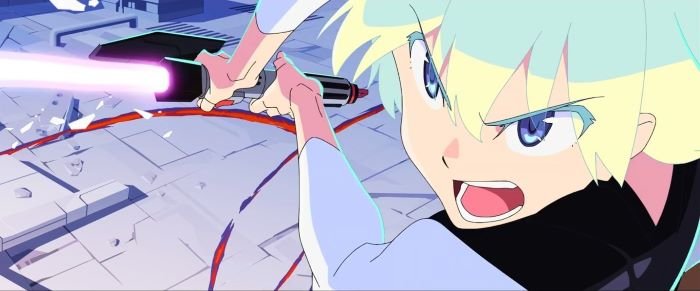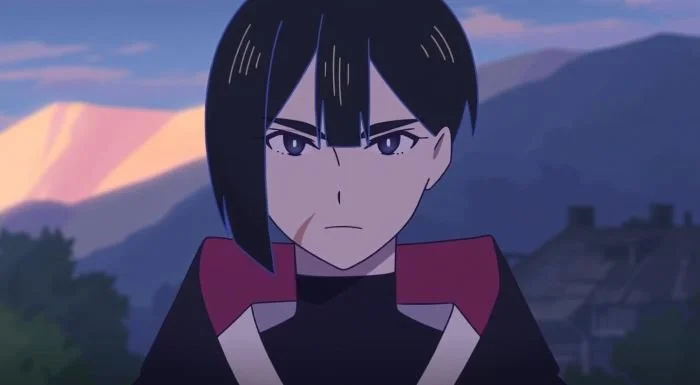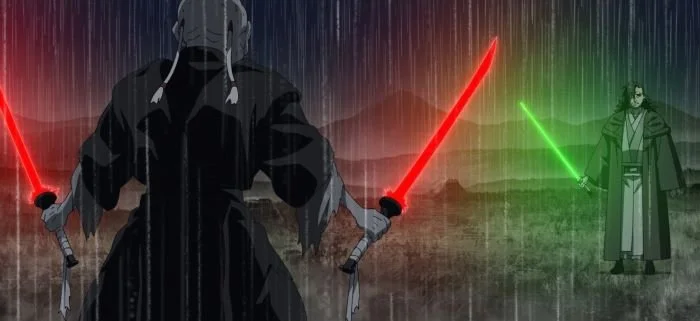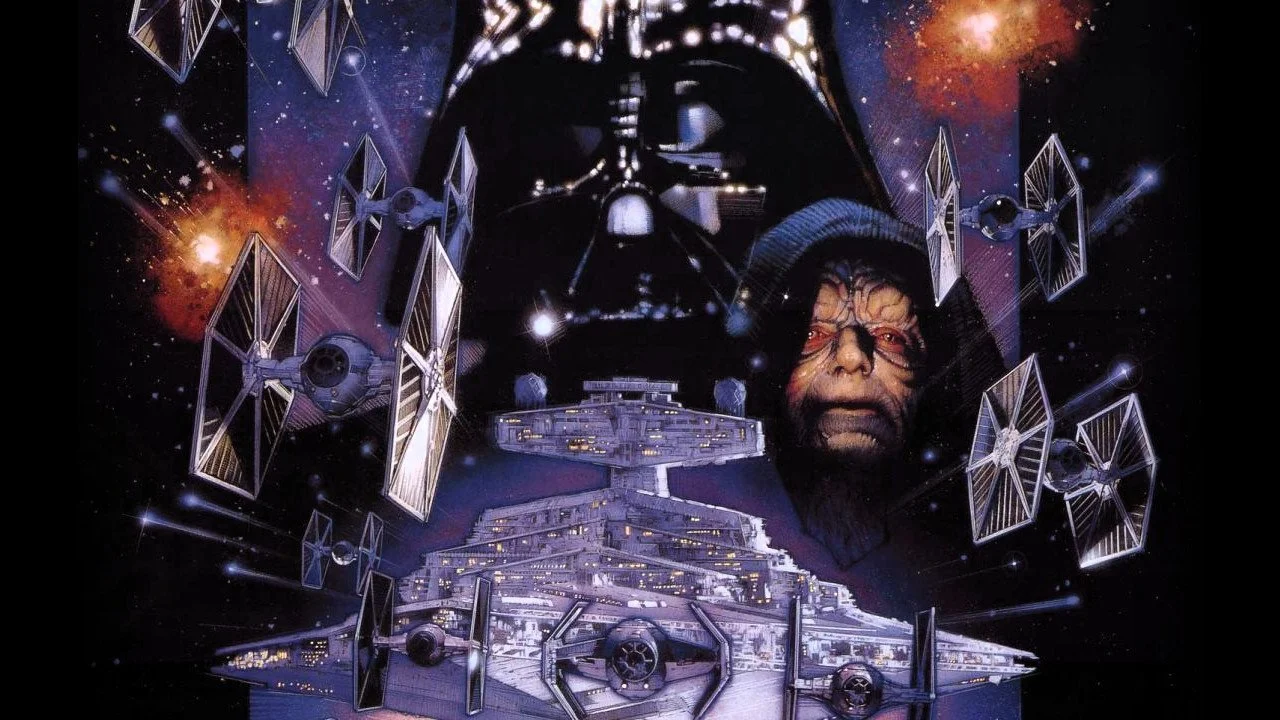Ranking The Stories Of 'Star Wars: Visions'
Star Wars: Visions blends the rich visuals of Japanese anime and the lore of a galaxy far, far away. Each of the nine episodes showcases vivid new visions of the world of Star Wars. As a whole, Star Wars: Visions is a welcome addition to the ever-growing franchise. Fans and critics alike have praised the anime anthology. It is no wonder that a second season is in the works.
In this list, we rank each entry to this anime anthology based on their stories and worldbuilding.
9. “The Duel”
This entry uses the classic trope of a wanderer who saves a village from bandits. The Ronin himself fills in the mysterious swordsman trope. His red lightsaber is interesting, but he's forgettable as a protagonist.
RELATED:
8. “T0-B1”
Playing on another classic trope, T0-B1 asks the question can droids become Jedi? Yes, as we see Professor Mitaka anointing T0-B1 as a full-fledged Jedi. Professor Mitaka's dream of bringing life to a desolate world is heartwarming. Unfortunately, the Inquisitor is only there to fulfill a lightsaber duel quota.
7. “The Twins”
The premise of twins engineered by dark side users and raised as powerful Force wielders should have been a more exciting tale. There are callbacks to other Star Wars media, such as the hyperspace maneuver. On its own, “The Twins” presents an interesting scenario and is a victim of its limited runtime.
6. “Akakiri”
This entry, like A New Hope, is a retelling of The Hidden Fortress. Because of this, the first half of “Akakiri” is predictable and a little too long. The forbidden love between Tsubaki and Misa calls back to the relationship between Anakin and Padmé. “Akakiri” answers the question of what if Anakin had saved Padmé with a welcome surprise ending.
5. “Tatooine Rhapsody”
A former Padawan in a rock band is already a fresh take on the usual Star Wars tales. While “Tatooine Rhapsody” may lack a lightsaber duel finale, it does have a satisfying ending. Cameos from fan-favorite Boba Fett and Jabba the Hutt do not overshadow the heroes of this entry at all.
4. “The Village Bride”
“The Village Bride” also uses the wandering Jedi who saves a village trope. However, this entry has wonderful, subtle worldbuilding scenes. The presentation of the Force in this short is a refreshing interpretation. However, while it has good worldbuilding, its plot falls victim to repeated tropes.
3. “Lop and Ochō”
The Yasaburō clan are what the Hutts would have been if they were benevolent rulers of a planet. The theme of family is well used here, starting with Ochō adopting Lop as her sister. “Lop and Ochō” also depicts an interesting look at planetary politics under Imperial rule. This entry is also a victim of limited runtime as seen in the sudden changes of heart from Ochō and Lord Yasaburō.
2. “The Ninth Jedi”
The mysterious gathering of Jedi by a masked figure seems like the start of a Star Wars whodunnit. This story of sabersmith and his Force-sensitive daughter would be interesting as a standalone. Why Jedi even need sabersmiths is also another mystery. “The Ninth Jedi” has wonderful plot twists which reinforce the idea that nothing is what it seems.
1. “The Elder”
This entry could have been a Obi-Wan and Qui-Gon story, but Tajin and Dan are their own characters. The eponymous elder as a dark side wielder adds interesting Sith lore in a few short minutes. It also receives bonus points for not having the villagers held as hostages. This entry also has a satisfying ending that wraps things up without a cliffhanger.
READ NEXT:






